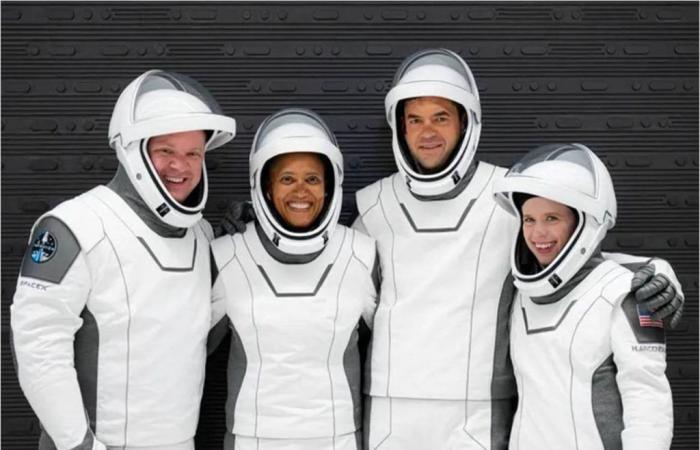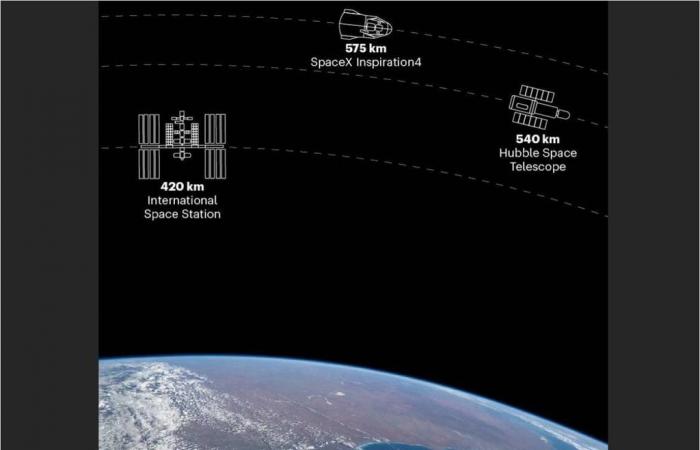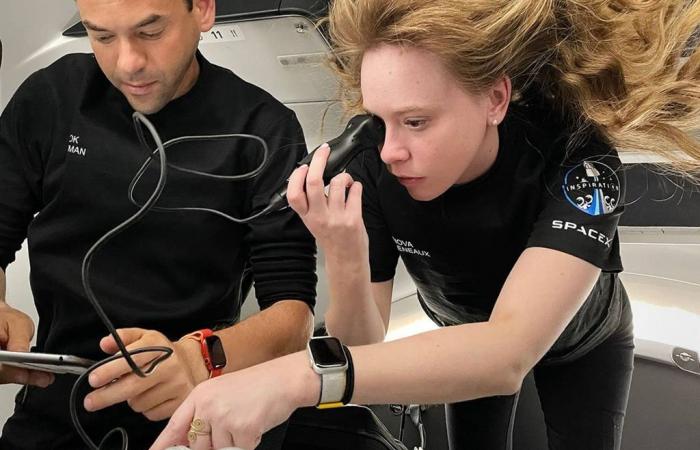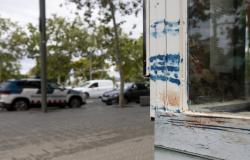First of all, let’s talk about Inspiration4. In 2021, SpaceX, Elon Musk’s space company, sent four civilian crew aboard a rocket for a short three-day trip to Earth orbit, the so-called Inspiration4 mission. It was the first privately funded flight to take civilians off the planet.
The four crew members took off at 9:03 p.m. from Launch Complex 39A of the Kennedy Space Center of the POT in Florida (United States), on September 15, 2021.
Mystery? Astronomers found an object in space and can’t say what it is!

Well, now comes the news of this article: scientists from several institutions around the world came together to analyze the data that was collected from these crew members, and published unprecedented material on how spending time in space can affect human health. This material is a compilation of 44 studies which they published and which received the name Space Omics and Medical Atlas (SOMA), published last Tuesday the 11th in the magazine Nature Portfolio.
An unprecedented and more detailed study
Christopher Mason, a geneticist at Weill Cornell Medicine who led many of the studies, explained that although NASA has already studied astronaut health in recent years, private flights allow risks to be assessed in more detail. And that’s what he and the other scientists did.
This is the largest publication of astronaut biomedical data ever made. About 30 to 40% of test content is unpublished: Christopher Mason, geneticist who led much of the SOMA studies.
The crew members underwent medical monitoring before, during and after the trip to space. Using the collected data (molecular, cellular, physiological and phenotypic) and spaceflight data, the researchers carried out a series of analyses. The analyzes refer to genomes, microbiomes, transcriptomes (messenger RNA) and proteomes (proteins) of people.

Furthermore, the analysis with the crew of this mission is different because the SpaceX rocket orbited the Earth at a height of 585 km. The altitude is significantly higher than that of the International Space Station (ISS), which subjects the crew to another, probably more intense, radiation environment.
The side effects of space on the human body
In orbit, the crew carried out a battery of scientific experiments that were processed, sequenced and analyzed by scientists. Then they found five main side effects observed after civilians return to Earth. Are: changes in the transcriptome (the complete set of expressed RNA molecules); in the epigenome (the set of biochemical signals throughout the genome); in cellular dynamics; in the movement of the microbiome; and in mitochondrial responses.
One of the effects observed was that the crew members’ microbiomes became similar to each other over time.
It was observed in the crew: loss of muscle mass, biomarkers of old age in their bodies and inflammation in the skin. The effects are closely related to the physical stress suffered as a result of the flight. space flights have affected the transcription of immune system genes, possibly reducing the body’s ability to defend itself against viruses.

A difference was also observed in relation to gender: The two female crew members returned to normal levels of their immune system faster than the two male crew members.
Tejaswini Mishra, a geneticist at Stanford University, commented that Men and women face different risks in space and recover at different rates after returning to Earth.
Astronauts face health risks in space, even on short trips.
Finally, the final message that the SOMA study leaves is that astronauts face health risks even on short trips to space. And the researchers who produced SOMA are expanding their studies, examining data from astronauts who traveled to the ISS on Axiom Space company space flights.
News references:
Nature Portfolio. “Space Omics and Medical Atlas (SOMA) across orbits”. 2024.
Science. “Astronauts face health risks—even on short trips in space”. 2024.










